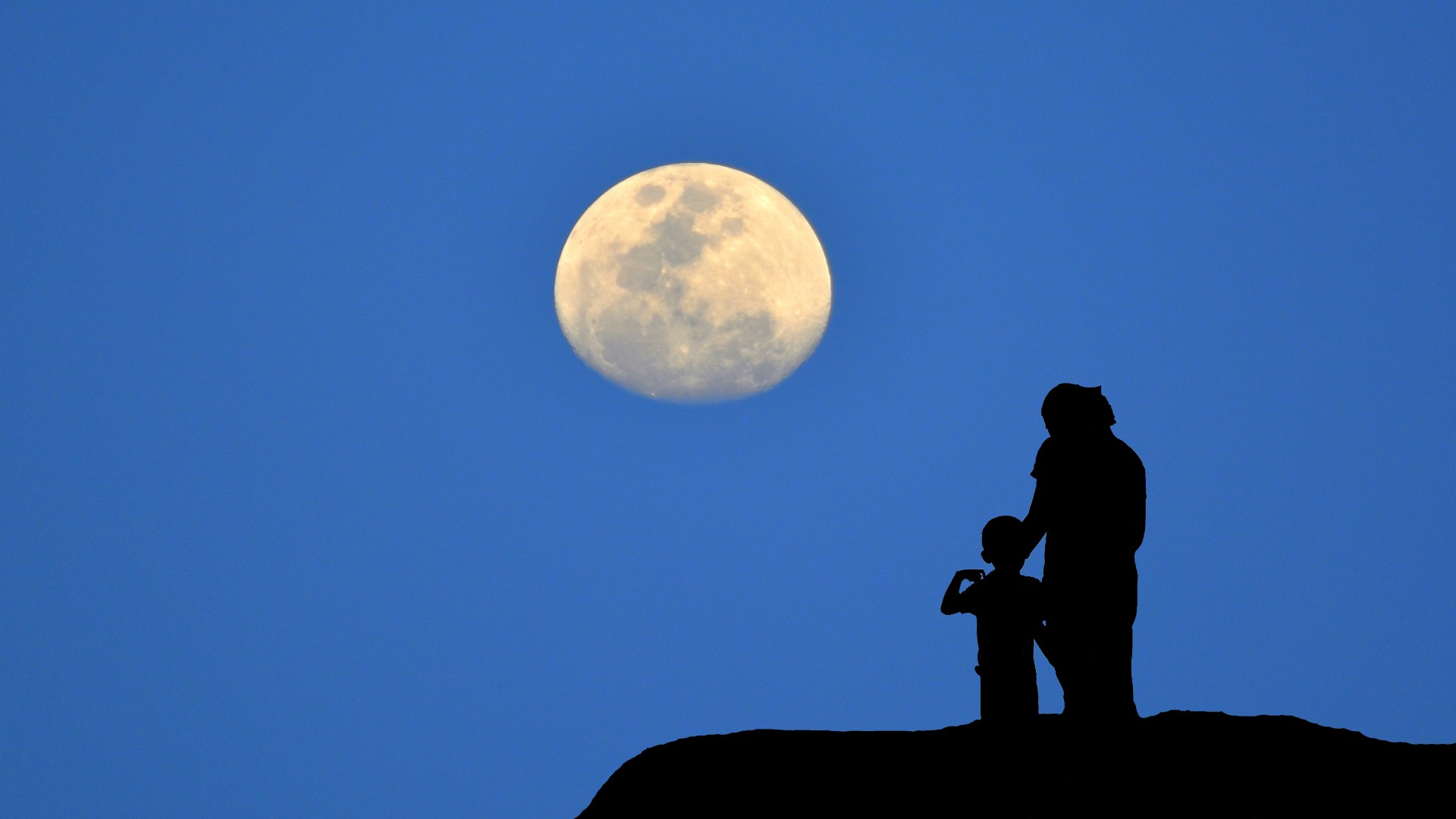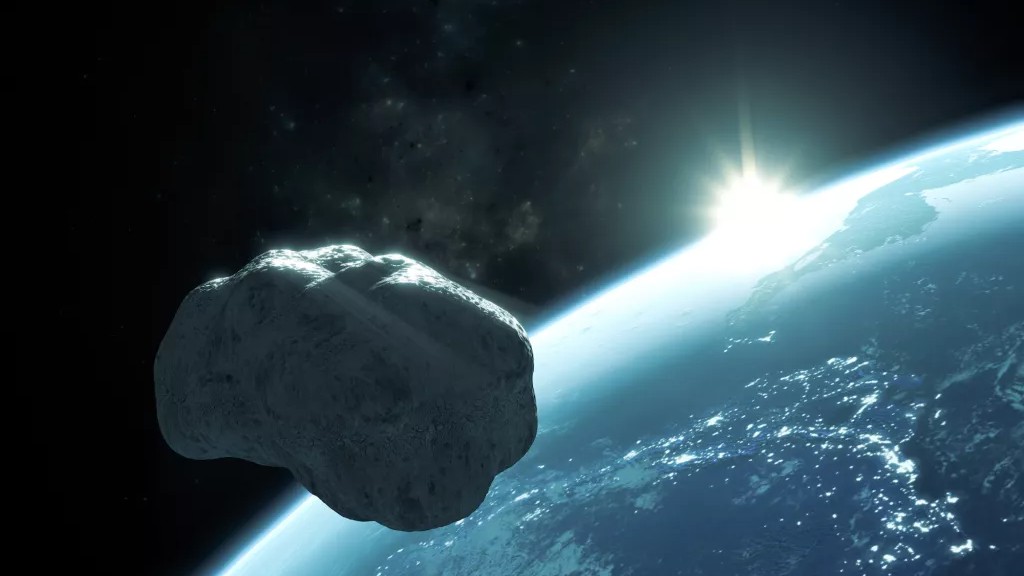
How many moons does Earth have?
To the naked eye, the night sky reveals only one moon. But how many moons have ever orbited Earth?

How many moons does Earth have? The answer seems obvious: Earth has only one moon. It's even in the name: the moon. At first, Earth's moon needed no other name, because for millennia, we didn't know any other natural satellite existed. But over centuries of astronomy and space exploration, we've discovered hundreds of moons in the solar system, and there may be more than you think circling our planet.
"The moon" holds the title of Earth's only solid, permanent moon, said Gábor Horváth, an astronomer at Eötvös Loránd University in Hungary. But it's not the only object to be pulled into Earth's orbit; a host of near-Earth objects and dust clouds are also caught in Earth's gravity. These often-temporary satellites technically qualify as minimoons, quasi-satellites or ghost moons.
So the question of how many moons Earth has is more complicated than you might think. The number has changed over time — from zero, to one, to sometimes multiple moons.
Back in Earth's early days, about 4.5 billion years ago, our planet was moonless. Then, around 4.4 billion years ago, a Mars-size protoplanet called Theia struck Earth. Large chunks of Earth's crust were catapulted into space. The rocky debris came together — maybe in just a few hours — to form the moon, according to 2022 research published in The Astrophysical Journal Letters.
Other "moons" that measure just a few feet across have been far more temporary, captured by Earth's gravity for short periods before escaping back into space. In 2006, there was the up-to-20-foot-wide (6 meters) asteroid 2006 RH120, a space rock that lingered for 18 months and was the first observed long-term capture of an asteroid into Earth's orbit. And 2020 CD3, a space rock up to 11.5 feet (3.5 m) across, left Earth's orbit in March 2020 after spending three years as our mini second moon. In 2020, scientists also spotted SO 2020, a minimoon that drifted back into space in early 2021. Turns out, though, that SO 2020 wasn't a natural moon; it was the remains of a rocket booster from the 1960s.
Related: Why can we sometimes see the moon in the daytime?

For 13 hours in 2015, scientists thought they had found a new temporary moon orbiting Earth. But they quickly realized their mistake when it was revealed that the "moon" was merely the European Space Agency's Gaia space telescope, prompting the International Astronomical Union's Minor Planet Center to issue a retraction.
Sign up for the Live Science daily newsletter now
Get the world’s most fascinating discoveries delivered straight to your inbox.
In addition to the moons that come and go from Earth's orbit, there are space objects that NASA calls quasi-satellites, such as the asteroid 3753 Cruithne. These space rocks orbit the sun so similarly to Earth that they stick with our planet throughout its 365-day orbit. The quasi-moon Kamo'oalewa — suspected of being an artifact of the actual moon — is driven primarily by the sun's gravity but appears to orbit Earth in a corkscrew-like path.
Some space objects, such as asteroid 2010 TK7, earn the title of "moon" because they get caught in the unique gravity of the sun-Earth or Earth-moon systems. The gravity of the two larger bodies creates regions of centripetal force, called Lagrange points, that hold smaller objects in place in gravitationally stable points in space, according to NASA. Two Lagrange points, L4 and L5, form an equilateral triangle with Earth. Effectively, the objects captured in these Lagrange points, called Trojans, fall in line with Earth and join its orbit around the sun.
"Parallel to the formation of the solid Moon and stabilization of its orbit around the Earth, the Lagrange points L4 and L5 have also arisen, and have started to collect [and] trap the interplanetary dust particles," Horváth told Live Science in an email. Some astronomers call these particle clouds "ghost moons." They're also called Kordylewski clouds, after the Polish astronomer who first reported them in the 1960s. At first, many scientists were unconvinced, but since then, research by astronomers such as Horváth has confirmed that dust clouds are accumulating at these Lagrange points.
However, these ghost moons will never form a more solid moon, because the dust can't conglutinate, or join or adhere together, Horváth said. And while the Lagrange points remain constant, the material in them is dynamic, constantly entering and exiting the dust cloud.

Donavyn Coffey is a Kentucky-based health and environment journalist reporting on healthcare, food systems and anything you can CRISPR. Her work has appeared in Scientific American, Wired UK, Popular Science and Youth Today, among others. Donavyn was a Fulbright Fellow to Denmark where she studied molecular nutrition and food policy. She holds a bachelor's degree in biotechnology from the University of Kentucky and master's degrees in food technology from Aarhus University and journalism from New York University.









